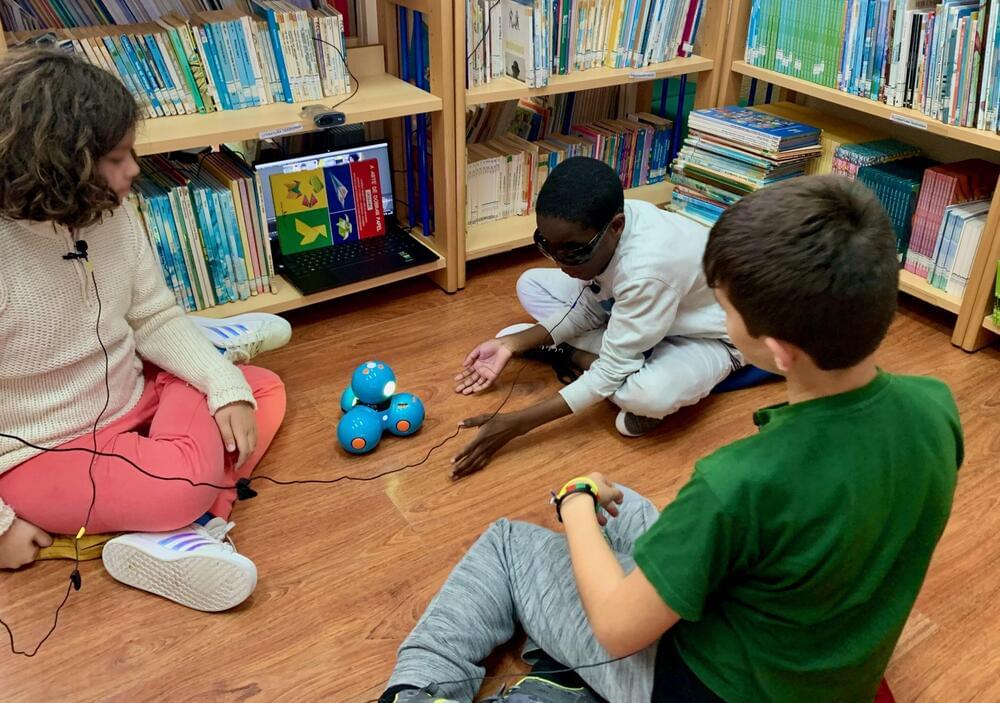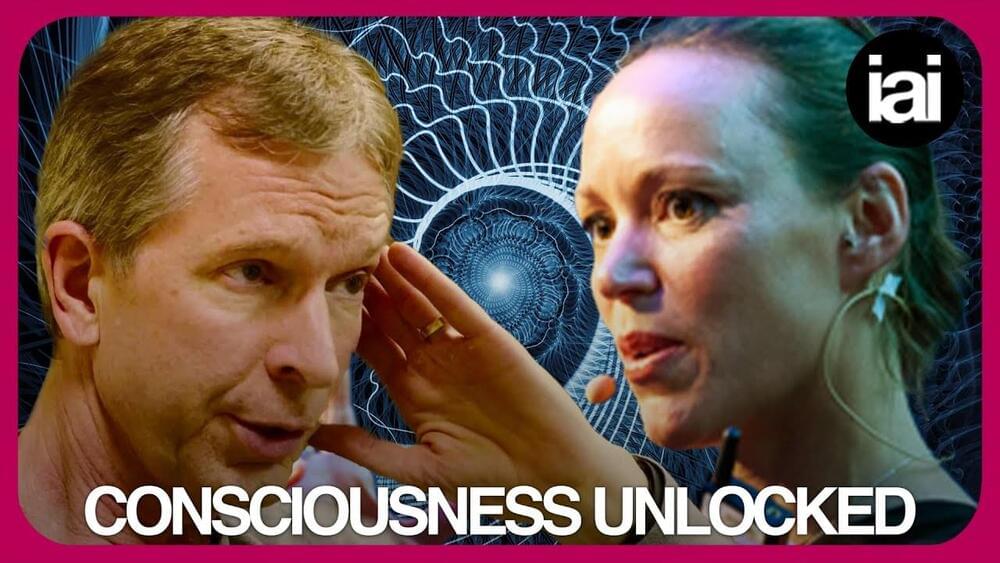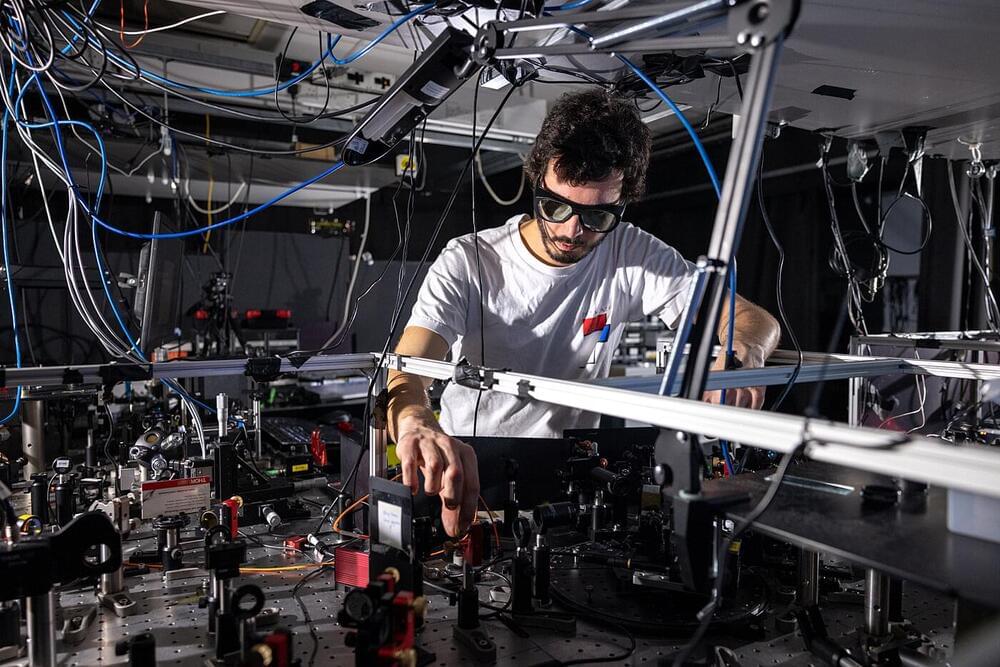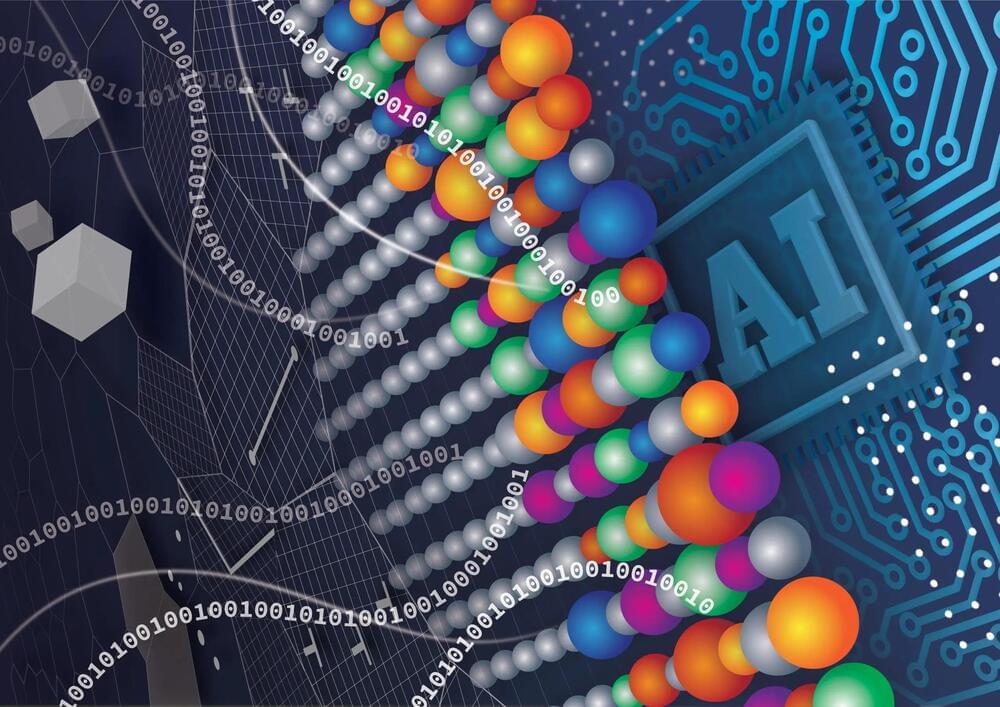A new accessibility-focused robot under development will allow children of mixed visual abilities to have a balanced conversation where everyone participates equally.
Researchers at the Interactive Technologies Institute have recently released a study on using a robot to mediate group discussions between children with mixed–visual abilities.
The team presented the study during the ACM/IEEE conference this March in Stockholm, and it’s now published as part of the Proceedings of the 2023 ACM/IEEE International Conference on Human-Robot Interaction.








